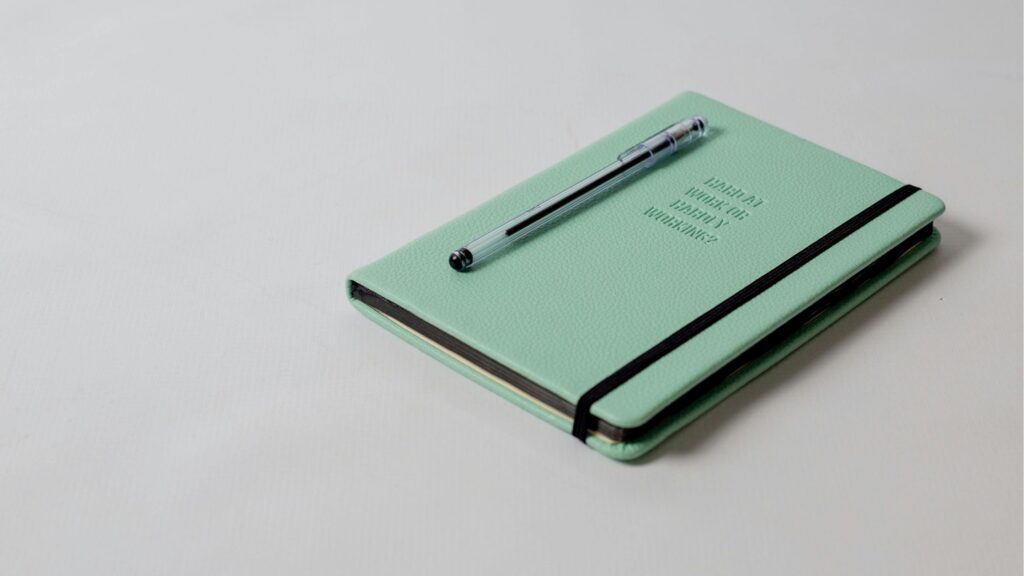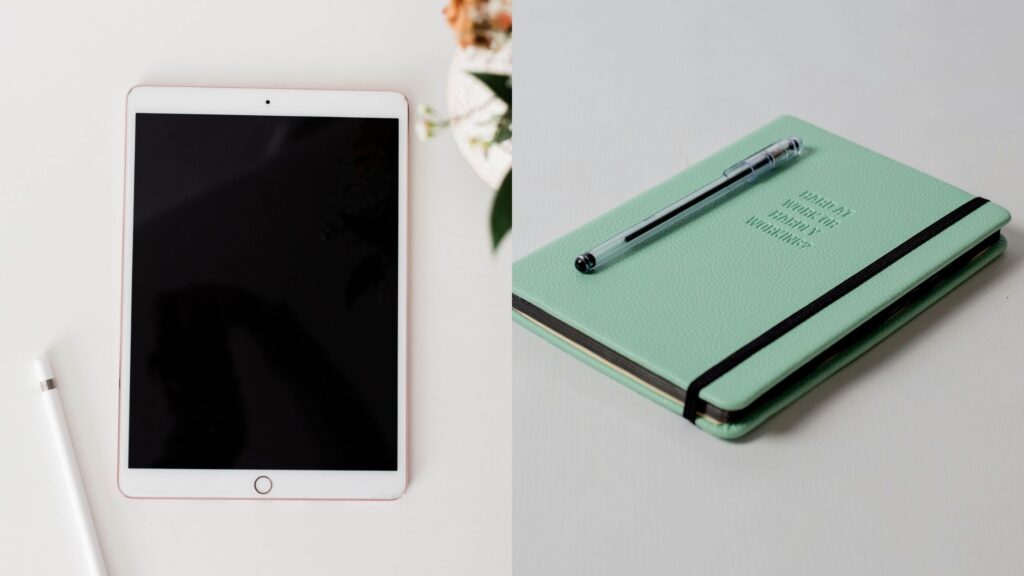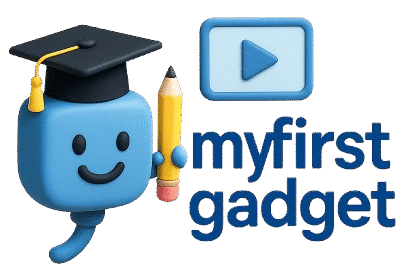Looking to decide between a digital notebook and a tablets for your studies? This detailed guide covers the pros, cons, and top student-friendly options under budget. Whether you’re taking notes, reading PDFs, or attending online classes, find out which device fits your learning style best.
In today’s digital world, students are moving beyond traditional notebooks and exploring smarter, more efficient tools to manage their studies, stay organized, and take better notes. Among these, digital notebooks and tablets have become two of the most popular choices. But when it comes to daily student life, study habits, and budget constraints, which one truly fits best?
This guide takes a closer look at both options, comparing real-life use cases, pros and cons, and offering practical advice. Whether you’re preparing for competitive exams, attending online classes, or simply looking to streamline your study routine, we’ll help you decide which device makes the most sense for your academic needs.
What Are Digital Notebooks?

A digital notebook is an advanced electronic device designed to mimic the experience of writing on paper while offering the benefits of digital technology. Using a stylus or digital pen, users can handwrite notes, sketch diagrams, highlight text, and even annotate PDFs — all on a digital screen that feels remarkably close to traditional paper.
These devices are specifically built for students, professionals, writers, and anyone who prefers the natural flow of handwriting but also wants the convenience of cloud syncing, easy organization, and paperless storage. Unlike tablets, digital notebooks are primarily focused on note-taking, reading eBooks, and document markup, rather than multimedia or apps.
Popular digital notebooks include the reMarkable 2, known for its ultra-thin design and distraction-free interface; the Kindle Scribe, which combines Amazon’s powerful reading platform with note-taking features; and the Boox Note series, which supports multiple file formats and offers a customizable user experience.
Digital notebooks help reduce paper clutter, improve productivity, and offer a seamless blend of traditional writing and modern convenience, making them a smart choice for focused learners and professionals alike.
Benefits of Digital Notebooks:-
- Distraction-Free: No social media, so better focus.
- Paper-like Writing Experience: Feels close to real handwriting.
- Long Battery Life: Lasts for days or even weeks.
- Eye-Friendly Screens: E-ink display causes less eye strain.
- Eco-Friendly: No paper wastage.
Drawbacks:-
- Limited Apps: Can’t install regular Android/iOS apps.
- Costly for Limited Features: Often expensive compared to features offered.
- No Entertainment Use: Can’t stream videos or attend Zoom classes.
🎓 “I bought a Kindle Scribe for exam prep. It keeps me focused and is great for reading PDFs and making handwritten notes,” says Kunal, a UPSC aspirant from Delhi.
What Are Tablets?

A tablet is a portable, touchscreen-based digital device that sits between a smartphone and a laptop in terms of size and functionality. It typically features a larger display than a phone, making it ideal for tasks like reading, watching videos, browsing the internet, attending online classes, and even light work or gaming. Tablets run on various operating systems such as Android, iPadOS, or Windows, each offering different user experiences and app ecosystems.
These devices are known for their slim design, easy to use, and long battery life, which makes them perfect for students, professionals, and casual users alike. Some of the most popular tablets in India include the Apple iPad (11th Gen), Samsung Galaxy Tab A9+, Samsung Galaxy Tab S9 FE+ and OnePlus Pad Go all known for their performance, reliability, and user-friendly features. Whether for education, entertainment, or productivity, tablets have become a go-to device for everyday digital needs.
✅ Benefits of Tablets:
- Multifunctional: Use for classes, note-taking, browsing, watching videos.
- App Support: Access to Google Docs, Notion, OneNote, and more.
- Stylus Support: Use pens for digital handwriting.
- Online Classes Ready: Great for Zoom, Google Meet, etc.
- Portable Entertainment: Watch YouTube, Netflix, etc., during breaks.
❌ Drawbacks:
- Distractions: Social media, games, and messages can reduce focus.
- Battery Drain: Battery life is usually less than digital notebooks.
- Eye Strain: Backlit screens can tire your eyes during long use.
📚 “I use my Samsung Tab A9 for notes, YouTube lectures, and even attending my coding classes. It’s super convenient,” says Priya, a BCA student in Jaipur.

Digital Notebook vs Tablet – Quick Comparison:
| Feature | Digital Notebook | Tablet |
|---|---|---|
| Note-taking | Excellent | Excellent (with stylus) |
| App Support | Limited | Full App Access |
| Eye Strain | Very Low (E-ink screen) | Moderate |
| Entertainment | Not Supported | Fully Supported |
| Distraction Level | Low | High |
| Cost (Budget Range) | ₹30,000 – ₹50,000 | ₹10,000 – ₹30,000 |
| Battery Life | Up to 3 weeks | 6–12 hours |
Which One Should You Choose?
Choose a Digital Notebook if:
- You’re focused only on reading and writing without distractions.
- You’re preparing for exams like UPSC, NEET, JEE where concentration is key.
- You want a paper-like writing feel and long battery life.
Choose a Tablet if:
- You want an all-in-one device for notes, classes, and entertainment.
- You’re a school/college student juggling lectures, assignments, and Zoom classes.
- You want to install apps and multitask.

Budget-Friendly Tablet Picks for Students:
- Samsung Galaxy Tab A9 (₹13,000 – ₹15,000)
Great display, smooth performance, stylus support (with compatible pen). - Lenovo Tab M10 (2nd Gen) (₹11,500 – ₹13,000)
Best for reading, browsing, and classes. - iPad 9th Gen (₹27,000+)
Slightly costly but best-in-class performance, supports Apple Pencil.
Conclusion:-
The right device depends on your learning style. A digital notebook is perfect for distraction-free preparation, while a tablet is ideal for multitasking students. Choose smartly, based on your course, budget, and daily routine.
📌 Pro Tip: If you can manage distractions, a good tablet with a stylus gives the best value for students under budget.

